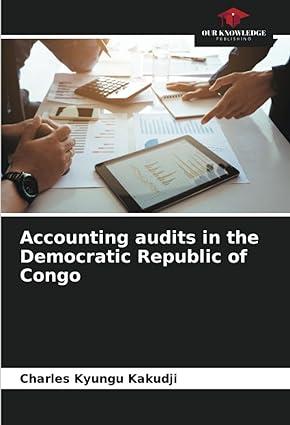Question
On 7 September 2009, Kraft Foods made a 10.2 billion public offer to purchase the outstanding stock but Cadburys shareholders rejected. Then Kraft launched a
On 7 September 2009, Kraft Foods made a 10.2 billion public offer to purchase the outstanding stock but Cadburys shareholders rejected. Then Kraft launched a formal, hostile bid to obtain the majority stake in Cadbury for 9.8 billion on 9 November 2009. On January 19, 2010, after a contentious four-month battle, Roger Carr, chairman of Cadbury Plc, announced that two companies reached a deal and his board recommended to shareholders acceptance of the offer from American food giant, Kraft Foods, Inc. The deal was agreed at 14.0 billion: 40 percent was paid in new shares and 60 percent in cash. Kraft obtained extra cash needed from the last-minute sale of its DiGiorno Pizza operations to Nestle S.A for $3.7 billion. Cadbury Plc was the storied 186 year-old British confectioner famous for its Cadbury chocolates, as well as Trident and Dentyne gums, and Halls candies. While nominally a British company, 80 percent of Cadburys business and 85 percent of its workers are outside the UK. In 2008, Cadbury had 45,000 employees and revenues of 5.4 billion, almost half from chocolate. Cadbury had been an attractive, pure-play target for the likes of Hershey, Nestle, or Kraft. Kraft Foods is Americas largest food company. In 2009, it had some 100,000 employees, $40.4 billion in revenue, and $3 billion in net income. Kraft owns 10 brands with revenues in excess of $1 billion, including such household names as Kraft Cheeses, Oscar Mayer meats, Oreo Cookies, and Toblerone chocolates. Although it would be years before we can say categorically that Krafts purchase of Cadbury was a wise move, some early winners are already apparent. Prominent among them are Cadbury shareholders who sold their shares at 8.50: the stock was selling at around 5.25 and 1.4 billion Cadbury shares were outstanding before the bid. Other clear winners are the bankers and lawyers facilitating the transaction. Estimates are that the Kraft team, featuring Lazard, Citigroup, Deutsche Bank, and investment boutique Centerview Partners, split $53$58 million in advisory fees and another $26$32 million for arranging the financing. Cadbury advisors, Morgan Stanley, Goldman Sachs, and UBS pocketed an estimated $15 million each. In all, Kraft paid an estimated $390 million in fees and Cadburys tab was $50$56 million. In addition, Todd Stitzer, Cadburys chief executive, booked about $30 million in shares and options, while Kraft chief executive, Irene Rosenfeld, received a $26.3 million award for exceptional leadership shortly after the transaction closed.
In bidding, Kraft was interested in its expansion in emerging market consumers and Cadburys distribution network in emerging markets such as India and Mexico which appealed to Kraft so much. If it goes according to her plan, Krafts chief executive could expect the annual cost synergies of $675 million achievable within 3 years or the present value of roughly $6 billion. What about revenue synergies? Name at least three type of revenue synergy that Kraft would expect to gain by entering into emerging markets
Step by Step Solution
There are 3 Steps involved in it
Step: 1

Get Instant Access to Expert-Tailored Solutions
See step-by-step solutions with expert insights and AI powered tools for academic success
Step: 2

Step: 3

Ace Your Homework with AI
Get the answers you need in no time with our AI-driven, step-by-step assistance
Get Started


